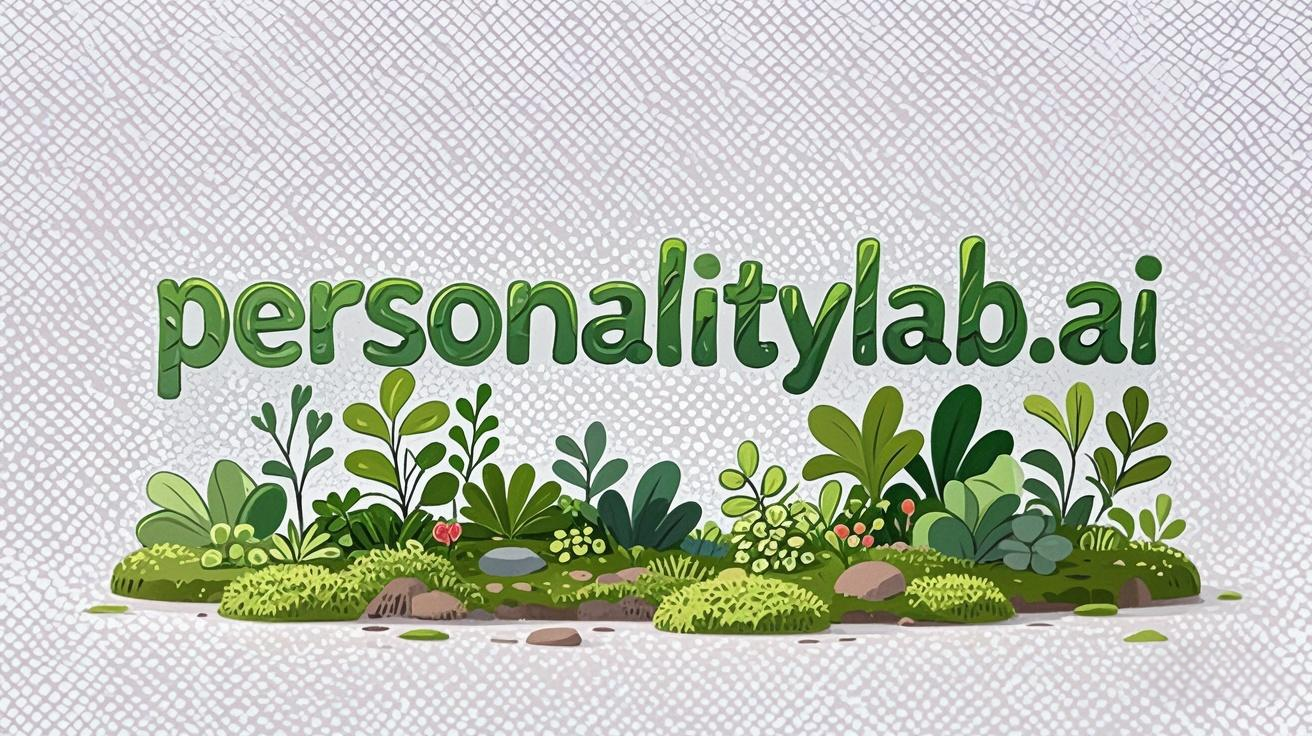Unlock Self-Discovery: A Deep Dive into the 16 Personality Test
In today’s fast-paced world, understanding human behavior and personality has become a key focus for individuals, businesses, and psychologists alike. The 16 Personality Test, rooted in Carl Jung’s theories and developed by Isabel Briggs Myers and Katharine Cook Briggs, offers a framework to categorize personalities into 16 distinct types. This comprehensive assessment has gained global popularity for its ability to unveil unique traits, strengths, and growth areas. Let’s explore how this test works, its significance, and why it remains a cornerstone of self-awareness.
What Is the 16 Personality Test?
The 16 Personality Test, also known as the Myers-Briggs Type Indicator (MBTI), is based on four core dichotomies that shape each type:
- Extraversion (E) vs. Introversion (I): Focus on energy sources—external interactions or internal reflection.
- Sensing (S) vs. Intuition (N): Approach to information—tangible facts or abstract patterns.
- Thinking (T) vs. Feeling (F): Decision-making style—logic or emotions.
- Judging (J) vs. Perceiving (P): Lifestyle orientation—structure or flexibility.
Combining these dichotomies creates 16 unique types, such as INTJ (the “Strategist”) or ENFP (the “Campaigner”), each with distinct behavioral tendencies and communication styles.
Why the 16 Personality Test Matters for Self-Improvement
1. Self-Awareness and Growth
Understanding your personality type helps identify natural strengths. For example, an INFJ (the “Advocate”) thrives in empathetic roles, while an ESTP (the “Entrepreneur”) excels in dynamic, hands-on environments. Recognizing these traits allows individuals to align careers, relationships, and goals with their innate preferences.
2. Enhanced Relationships
The test fosters empathy by revealing how others process information and make decisions. A partner who is an ISTJ (“Logistician”) may prioritize reliability, while an ENTP (“Debater”) craves intellectual stimulation. This insight reduces misunderstandings and strengthens connections.
3. Career Alignment
Many organizations use the MBTI to guide team building and hiring. Knowing your type can highlight ideal career paths: an ISFP (“Virtuoso”) might thrive in artistic fields, while an ENTJ (“Commander”) excels in leadership roles.
Debunking Myths and Understanding Limitations
While the 16 Personality Test is a powerful tool, it’s essential to approach it with balance. Critics argue that personality is fluid, and the test may oversimplify complex traits. However, advocates emphasize that the framework is a starting point for self-reflection, not a rigid label. Recent studies have also shown that the test’s reliability increases when administered by certified professionals, reinforcing its value when used thoughtfully.
How to Take the 16 Personality Test Effectively
To get accurate results:
- Find a reputable, free test (e.g., via Psychology Today or official MBTI platforms).
- Answer honestly, avoiding “idealized” responses.
- Reflect on the results with an open mind, using them as a guide rather than a definitive conclusion.
The Enduring Popularity of the 16 Personality Test
In an era dominated by AI and data, the MBTI remains relevant because it addresses a fundamental human need: to understand oneself and others. Its framework has inspired countless articles, books, and online communities, making it a timeless topic in psychology, self-help, and career development. Whether you’re an ambitious ENFJ or a contemplative INTP, the 16 Personality Test offers a roadmap to navigate life with greater intention and clarity.
By exploring the nuances of the 16 Personality Test, readers gain actionable insights while engaging with a topic that consistently ranks high in search queries. Incorporating keywords like “self-discovery,” “career alignment,” and “Myers-Briggs types” helps boost SEO, ensuring the content reaches those seeking personal and professional growth.
